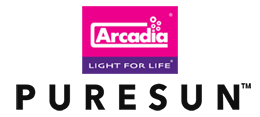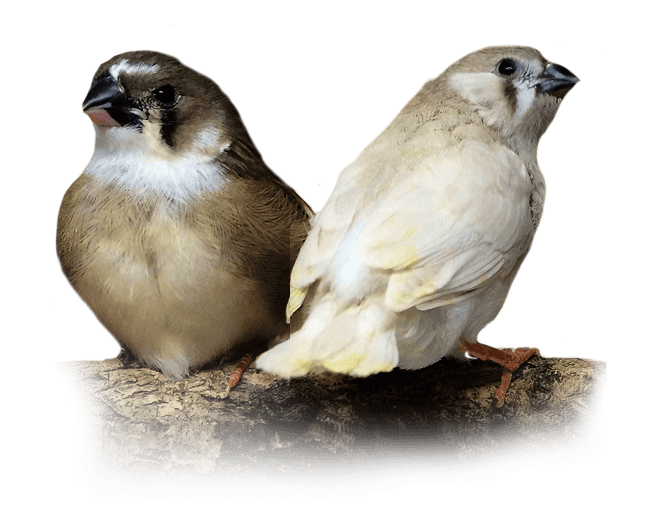
Vitamin D3 is essential to life in its own right, working with and alongside almost all of the biological cycles and processes.
The term the ‘D3 Cycle’ is used to describe the many cycles and processes that work together to allow animals, including humans, to produce and utilise preformed vitamin D3 in the skin after exposure to the full-spectrum of unfiltered terrestrial daylight. This is a natural process that is self-regulated, self-limited and able to be recycled within exposure to this natural full-spectrum.
Vitamin D3 is essential to life in its own right, working with and alongside almost all of the biological cycles and processes. Among these synergistic and vital interactions, it also allows the assimilation, storage and further use of the earth’s minerals including Calcium. Calcium is an essential element for life, its correct provision alongside the rest of the earths minerals, and in balance not only ensures naturally healthy bones and healthy hard eggs, but it is also used in the blood, nervous system, digestive system but is vital for organ function and muscle contraction.

This is a natural process that is self-regulated, self-limited and able to be recycled within exposure to this natural full-spectrum.
Without vitamin D3 being freely available in the correct levels calcium, alongside the other minerals simply cannot be absorbed into the animal’s system properly. To be fully bioavailable Calcium must be first stored in the bones before being sent back around the body in the blood. D3 is essential within these natural and very synergistic cycles and processes.
With access to the right vitamins and minerals birds will not only feel better in themselves, but they will be able to assimilate calcium just as they would in the wild. This will help to ensure good bone density, feather production and egg viability. There is also a feeling that a critical lack of D3 can cause birds to become miserable. This can lead to unnatural plucking and bad behaviour. Fortunately, there does not seem to be a point of no return! As soon as Full-Spectrum+UV-B lighting is provided accurately, the subject seems to start to recover very quickly.
Exposure to the right levels of UV will also increase useful preening and stimulation of the preening gland.
There is another useful interaction here as the main preening gland is affected in a positive way by exposure to UVB and can itself produce preformed D3, this is then in part ingested while preening. Birds can assimilate terrestrial UV through their feet, sear and any other bare patches of skin. As such, they are actively basking and seeking out exposure when preening in open sunlight.
As with captive reptiles, birds require a usable gradient of light. This is very easy to achieve in captivity if the correct type and length of lamp is selected. We recommend fitting your bird lighting over roughly a quarter to one third of the total living space of the cages or flight. This becomes the “basking zone”. The rest of the enclosure will then have a gentle and gradual gradient into useable shade. Birds are very able to ascertain how much exposure they require at any given moment and will readily move around the enclosure to self-regulate to the level of exposure that they require.










